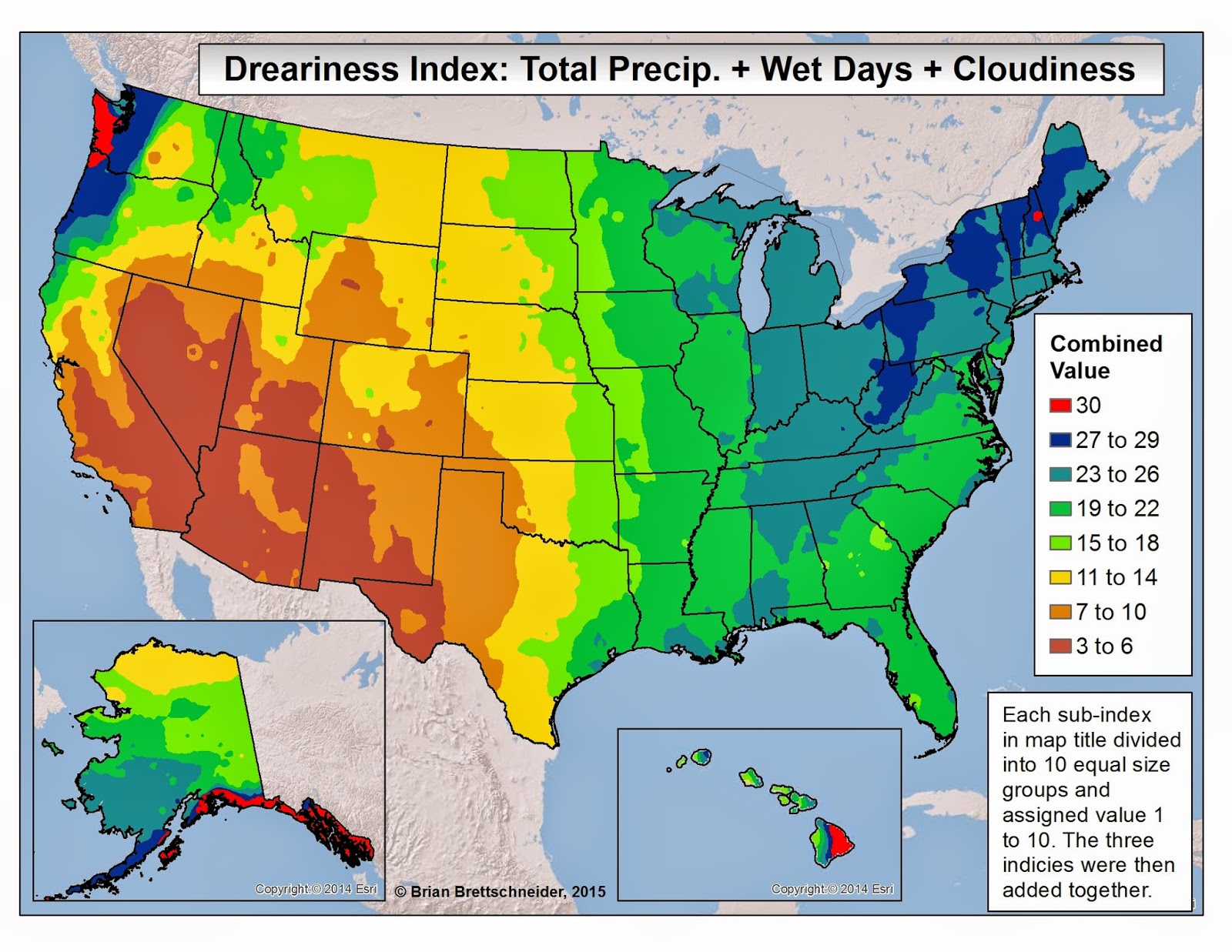

( 2013) were very careful when formulating the conclusions. The variability of daily precipitation has changed in parallel with the mean behavior: those regions and seasons that show an increase in the mean show also an increase in standard deviation. ( 2016) claim that changes in precipitation in Germany are season and even month specific. The positive trends are spatially most homogenous in February, March, November, and December, whereas the most uniform negative trends have been observed from April to July and in October (Hänsel et al. Summer precipitation decrease is the most pronounced. The precipitation trend analysis for the periods 1951–2006 for Central Eastern Germany shows increasing precipitation in winter and decreasing precipitation in summer.

However, there are also some papers dealing with the variability of average precipitation coming mainly from Germany, but also from countries South and East from Poland. Researchers from neighboring countries are also interested in the issues of precipitation variability, but it seems that the vast majority of them discuss maximum, extreme, or intense/heavy rainfall (Kyselý 2009 Hundecha and Bardossy 2005 Zolina et al. It is impossible to refer here to all authors, but some of the research papers will be quoted in the Section 5. Then, Czarnecka and Nidzgorska-Lencewicz ( 2012) reported on a slight increasing tendency for precipitation totals in spring and autumn and decreasing trend in the share of summer precipitation in annual totals over a predominant area of Poland. ( 2004) noticed an increase in precipitation total in March and a decline of the summer precipitation share in annual totals in the periods 1951–2000. Also, Wybig ( 2009) confirmed it claiming that precipitation in Poland did not change greatly in the second half of the twentieth century, and Żmudzka ( 2002) detected a not statistically significant increasing trend in annual totals. For instance, Kożuchowski ( 2004) stated that a slight increase in precipitation totals can be observed, but it does not exceed the level of significance. Some studies cover examination of precipitation in the period before the warming became global, while the others deal with the global warming period. Several authors have reported changes in the sum of precipitation in Poland in different timescale (annual, seasonal, and monthly) and changes in its distribution during a year. They have been slightly growing but, what is more important, seasonal and monthly distributions of precipitation have been also changing. Central Europe, including Poland, is not an exception.Īnnual sums of precipitation have been slightly changing in Poland. An increase of 10–50% has been observed over northern and western Europe (Watson et al. Precipitation has increased in the mid to high latitudes over the last century. Thus, precipitation totals have been changing. Global temperature changes are accompanied by changes in other climatic variables. Each of the 16 years of the twenty-first century, 2001–2016, belongs to a set of 17 globally warmest years on record (NOAA 2017). The surface warming has been widespread over the entire globe. Warming of the global climate system is unequivocal, as evidenced by observations of increases in air temperatures at various spatial scales-local, national, regional, continental, hemispheric, and global (IPCC 2013).


 0 kommentar(er)
0 kommentar(er)
